Problem: Are you confused about CAT 6 cables? A lot of people find them complicated.
Agitation: Using the wrong cable can slow down your internet. It can also cause network problems.
Solution: This guide will explain CAT 6 cables simply. You’ll learn what they are and how to use them.
CAT 6 cable is a type of Ethernet cable. It’s used to connect devices to a network. It can handle more data and faster speeds than older cables.
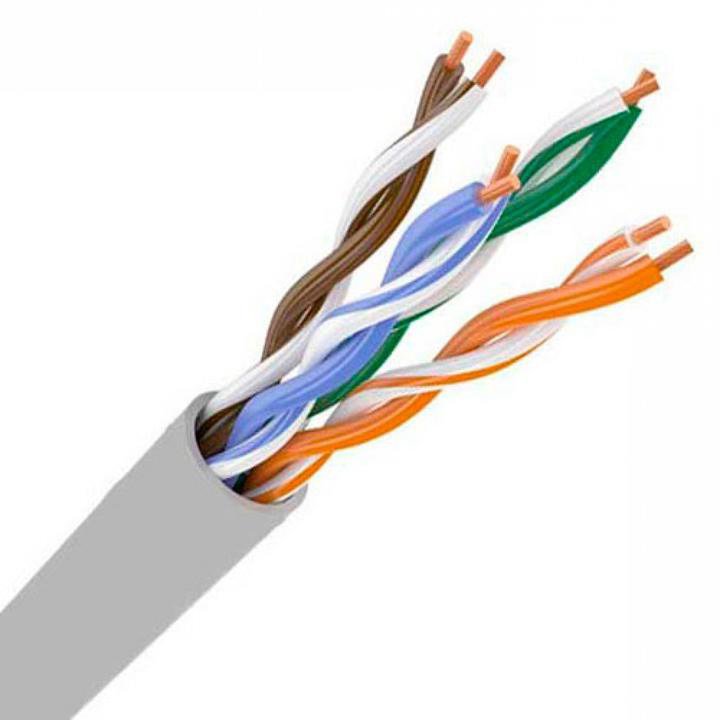
So, you want to know more about CAT 6 cables? Keep reading to find out the answer. I’ll explain it simply.
Is Cat 6 Cable Ethernet?
Problem: Are you wondering if a CAT 6 cable is the same as an Ethernet cable? It’s a common question.
Agitation: Using the wrong type of cable can cause connection issues. It can also limit your network speed.
Solution: Yes, a CAT 6 cable is a type of Ethernet cable. This section will explain what that means.
Yes, CAT 6 cable[1] is a type of Ethernet cable. Ethernet refers to the standard for network communication, and CAT 6 is a specific type of cable that meets those standards.
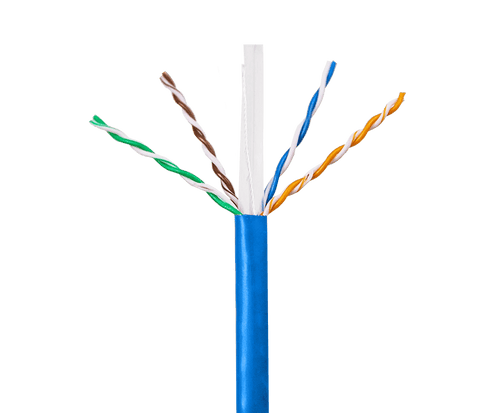
Let’s dig a bit deeper. What does it mean for a CAT 6 cable to be an Ethernet cable?
Understanding Ethernet Standards
Ethernet is like a language that computers use to talk to each other on a network. CAT 6 is a specific type of cable designed to carry that language very well. Think of it like this: Ethernet is the road, and CAT 6 is a car designed for that road. CAT 6 cables are made with tighter twists and better insulation. This reduces noise and interference. It allows for faster and more reliable data transfer compared to older Ethernet cables. Therefore, when you use a CAT 6 cable, you’re using a cable built to handle Ethernet traffic efficiently.
Why is CAT 6 important for Ethernet?
CAT 6 improves network performance. For Alex, this means faster downloads and uploads. It also means smoother video conferences. With his electronics company, he need reliable connection. CAT 6 helps ensure that. Plus, CAT 6 is backward compatible. It works with older Ethernet standards[2]. But to get the best speed, all devices need to support CAT 6. In short, CAT 6 is a great choice to get the most out of Ethernet.
What are the Types of Cat.6 Cables?
Problem: Did you know that there are different types of CAT 6 cables? It can be confusing to choose the right one.
Agitation: Using the wrong type of CAT 6 cable can lead to poor performance. It can also make installation difficult.
Solution: I’ll break down the different types of CAT 6 cables simply. You’ll be able to pick the right one.
There are primarily two types of CAT 6 cables: unshielded twisted pair (UTP) and shielded twisted pair (STP). UTP is more common and cost-effective. STP provides extra protection against interference.
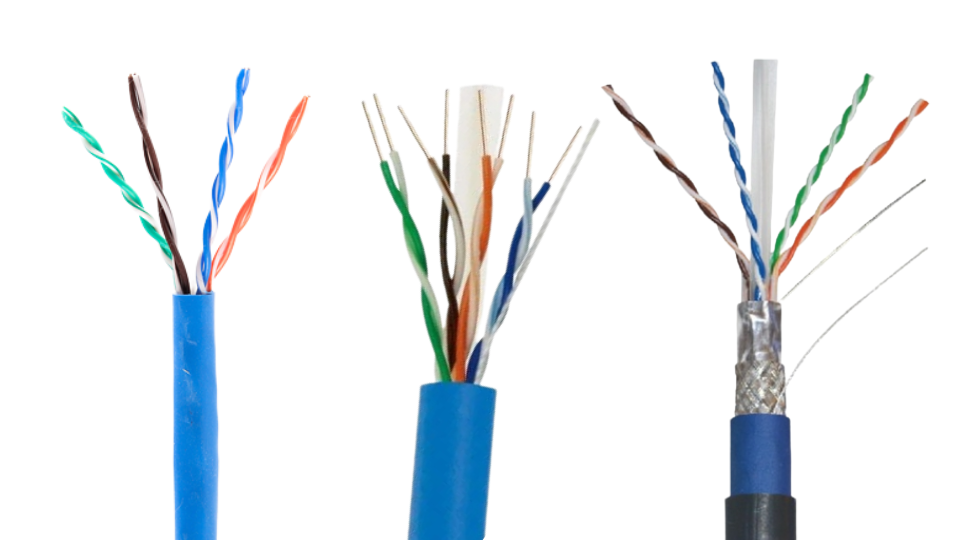
Now, let’s look closer at those two main types. This will help you decide what fits best.
Unshielded Twisted Pair (UTP)[3]
UTP cables are the most common type of CAT 6 cable. These cables don’t have any extra shielding. This makes them thinner, more flexible, and easier to install. Because of this, they are typically cheaper. UTP cables are fine for most home and office setups. However, in areas with a lot of electrical interference, they may not be the best choice. Examples: near power lines or heavy machinery.
Shielded Twisted Pair (STP)[4]
STP cables have a shield around the twisted pairs of wires. The shielding protects against electromagnetic interference (EMI)[5]. Example, signals from other electrical devices. The protection makes STP cables ideal for environments with a lot of noise. For Alex, STP cables might be useful in his electronics manufacturing company where there’s a lot of equipment. While STP cables may be more expensive and stiffer than UTP cables, the extra protection can be essential in certain situations.
Solid vs. Stranded CAT 6 Cables[6]
Besides UTP and STP, CAT 6 cables also come in solid and stranded versions. Solid cables use a single, solid wire for each conductor. They are best for permanent installations. Stranded cables use multiple strands of wire for each conductor. These are more flexible and better for patch cables. Consider this difference based on use.
| Feature | Solid Core | Stranded Core |
|---|---|---|
| Wire Type | Single solid copper wire | Multiple strands of copper |
| Flexibility | Less flexible | More flexible |
| Use Cases | Permanent installations | Patch cables, frequent moves |
| Signal Quality | Slightly better over long distances | Slightly worse due to resistance |
| Durability | More durable if undisturbed | Less durable with bending |
What’s a CAT 6 Cable Used For?
Problem: Not sure what you can do with a CAT 6 cable? There are many possible uses.
Agitation: Using the wrong cable for the job can lead to performance issues or even damage.
Solution: I will show you the variety of uses for CAT 6 cables. You’ll learn how useful they are.
CAT 6 cables are primarily used for Ethernet connections in homes, offices, and data centers. Common uses include connecting computers, routers, switches, and other network devices.
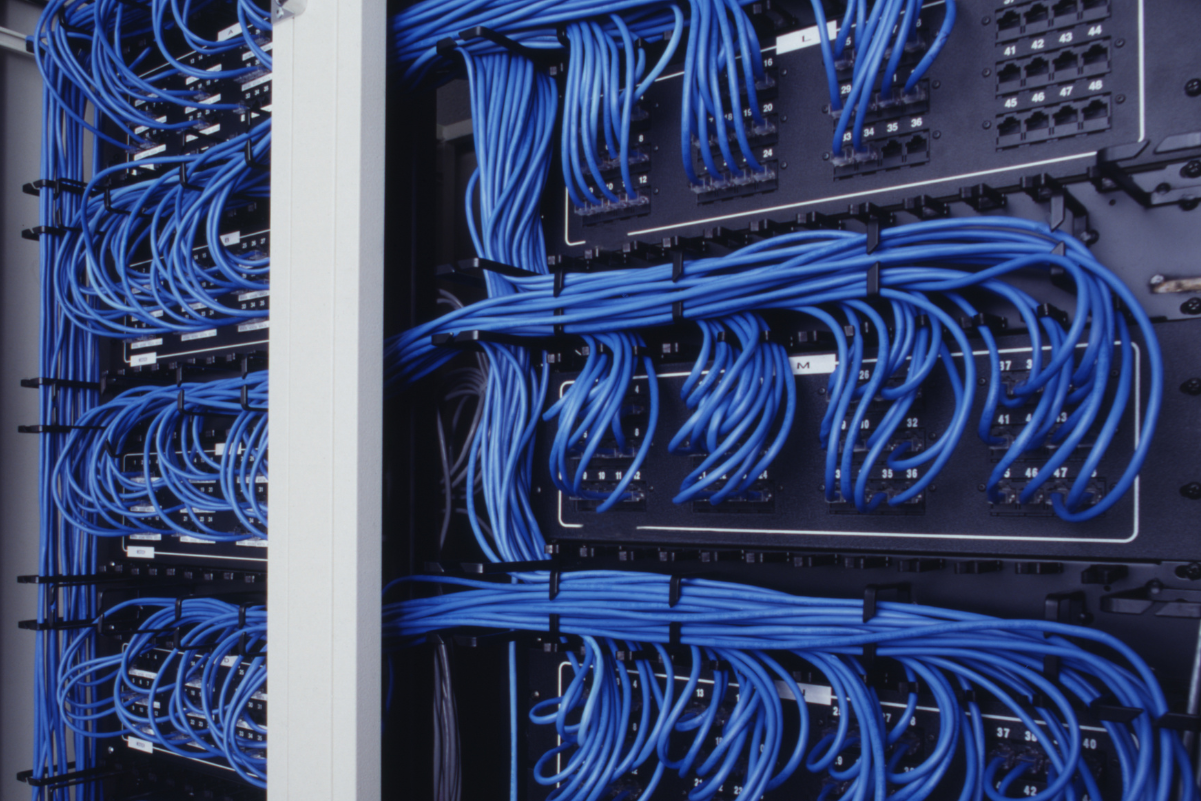
But wait, there’s more. Let’s go into detail.
Home Networks
In homes, CAT 6 cables are perfect for creating a fast and reliable network for multiple devices. For example, connecting computers, smart TVs, and gaming consoles. This can ensure smooth streaming, lag-free gaming, and quick file transfers. CAT 6 cables also support Power over Ethernet (PoE)[7]. This allows you to power devices like IP cameras. This makes it easier to set up a modern, connected home.
Office Networks
Offices often have more demanding network needs than homes. CAT 6 cables can handle the increased traffic. They offer support for multiple users and applications. Using CAT 6 cables, businesses can ensure fast, reliable connections for all their devices. This is essential for productivity. CAT 6 is still very popular, even with new options coming out. "Cat6 will remain a popular choice for business networks for the next 5-8 years, thanks to its mature ecosystem, excellent compatibility, and affordability," I believe.
Data Centers
Data centers require high-performance. It supports reliable networks. CAT 6 cables fit this need. They are used to connect servers, switches, and storage devices. CAT 6 can handle the data transfer speeds needed data centers which is important for applications and keeping things running smoothly.
Is Cat6 the Best Ethernet Cable?
Problem: Wondering if CAT 6 is the ultimate Ethernet cable? It’s important to know your options.
Agitation: Choosing the wrong cable can mean overspending or underperforming.
Solution: I will help you decide if CAT 6 is the best choice for you. It depends on your needs and budget.
CAT 6 is a good option, but not always the best. Newer standards like CAT 6A and CAT 7 offer higher performance. These may be needed for demanding applications.
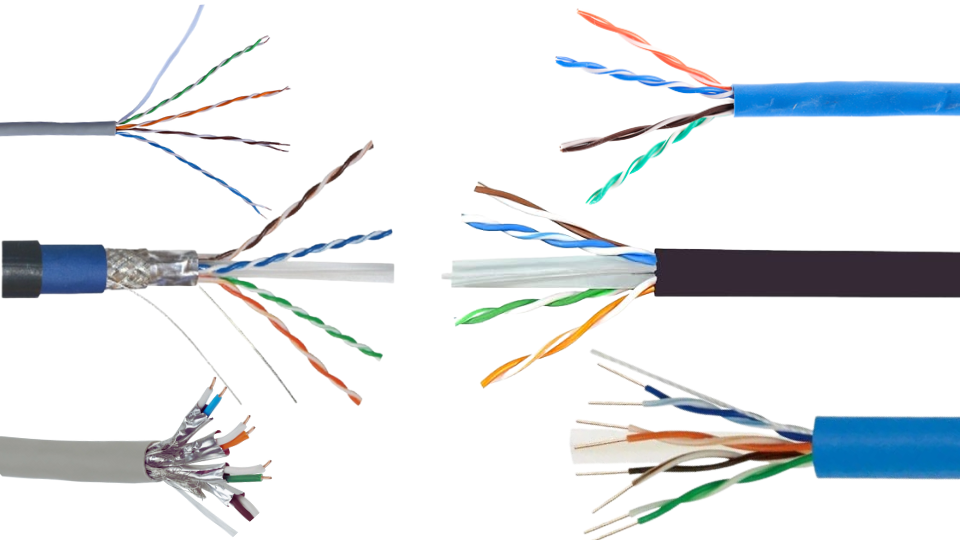
So, is CAT 6 the best? It’s time to compare.
CAT 6 vs. CAT 6A
CAT 6A[8] is an enhanced version of CAT 6. It supports higher bandwidths and longer distances. I am impressed by its capabilities. CAT 6A can transmit data at 10 Gigabit Ethernet up to 100 meters. CAT 6 is limited to 55 meters at that speed. CAT 6A cables are also better shielded. This allows better performance in environments with a lot of interference. However, CAT 6A cables are more expensive than CAT 6.
CAT 6 vs. CAT 7
CAT 7[9] cables offer further improvements over CAT 6A. CAT 7 cables are fully shielded. This reduces noise and interference. CAT 7 supports even higher bandwidths and data transfer speeds. However, CAT 7 cables are also more expensive and require special connectors. Also, CAT7 is not as widely supported as CAT 6.
Making the Right Choice
For Alex, CAT 6 might be the best choice for his company. It balances performance and cost. But for demanding applications, CAT 6A or CAT 7 may be a better choice. If you don’t need CAT 6A speeds, then you may want to stick with CAT 6. "Cat6 cables are a popular choice for current home and small business wiring. They combine performance, cost, and future expandability," I believe.
Conclusion
CAT 6 cables are a reliable and cost-effective. The support data transmission, networking, and general connectivity.
[1]: Explore this link to understand the specifications and benefits of CAT 6 cables for your network.
[2]: Learn about Ethernet standards to grasp how they impact network performance and compatibility.
[3]: Explore the advantages of UTP cables, including cost-effectiveness and flexibility for home and office setups.
[4]: Learn how STP cables protect against interference, making them ideal for noisy environments.
[5]: Discover how EMI impacts signal quality and why shielding is important for certain installations.
[6]: Understand the key differences to choose the right cable type for your installation needs.
[7]: Learn about Power over Ethernet (PoE) to discover how it simplifies device connectivity and power management in your network.
[8]: Explore the advantages of CAT 6A cables for high-performance networking, especially in demanding environments.
[9]: Learn about the superior shielding and performance of CAT 7 cables, ideal for high-bandwidth applications.
